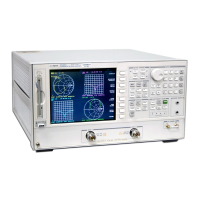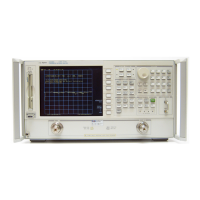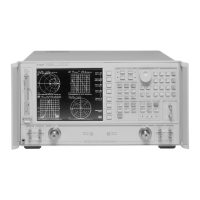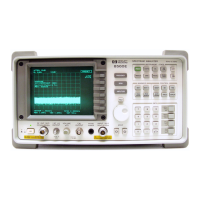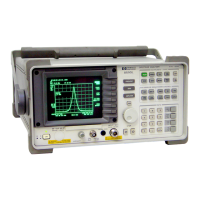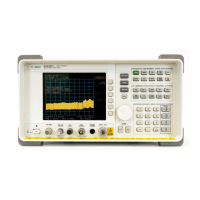1- 115
Making Measurements
Using Test Sequencing to Test a Device
Using Test Sequencing to Test a Device
Test sequencing allows you to automate repetitive tasks. As you make a measurement, the analyzer
memorizes the keystrokes. Later you can repeat the entire sequence by pressing a single key.
This section contains the following example sequences:
• “Cascading Multiple Example Sequences”
• "Loop Counter Example Sequence" on page 1-116
• "Generating Files in a Loop Counter Example Sequence" on page 1-117
• "Limit Test Example Sequence" on page 1-119
Cascading Multiple Example Sequences
By cascading test sequences, you can create subprograms for a larger test sequence. You can also cascade
sequences to extend the length of test sequences to greater than 200 lines.
In this example, you are shown two sequences that have been cascaded. You can do this by having the last
command in sequence 1 call sequence position 2, regardless of the sequence title. Because sequences are
identified by position, not title, the call operation will always go to the sequence loaded into the given
position.
1. To create the example multiple sequences, press:
or on ET models:
The following sequences will be created:
SEQUENCE SEQ1
Start of Sequence
CENTER
134 M/u
SPAN
50 M/u
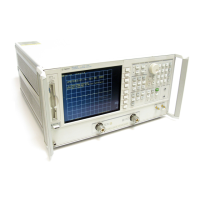
